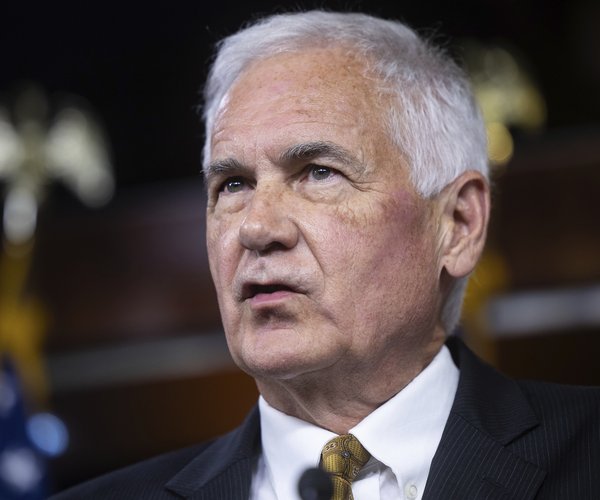While ordinary antidepressants seize headlines in the media and medical journals alike, a relatively recent breakthrough lies forgotten in the frenzy. Regardless, I know brilliance when I see it. Potential and productivity stand out at a glance. Despite some views of ineffectiveness, I believe transcranial magnetic stimulation deserves a second chance.
Tragically enough, even with its unmistakable title, I’ve found that there still remains a slice of society who is yet to become familiar with such a remarkable concept as the TMS. There's no better time to do so than now.
Transcranial magnetic stimulation, or TMS, is essentially the regulating of certain parts of the brain by use of electric current through a magnetic field. The specific parts of the brain become “excited” by the sudden boosts—giving way to the “stimulation” part of this technology’s title. Such a remarkable device did not come without the toils of some of history’s most rigorous experimenters—Robert Bartholow and Anthony Barker to name a few.
A different form of the mechanism, the rTMS, was developed shortly after. The rTMS operates slightly differently and is thought of to be better for depression treatment as it has results that continue well past its application. Clearly, understanding the concepts behind the two devices is relatively simple, but their aftermath has proved not to be.
It’s disheartening to learn how the public’s view of the TMS, or more the rTMS, was undermined after the Food and Drug Administration deemed the devices to have little effect in some patients for depression treatment. Even though the FDA is allowing the sale of the NeuroStar TMS Therapy to trained medical professionals, their initial morsel of reluctance has tragically transferred to society, and individuals seem to have forgotten the face of remarkability.
When I myself try to behold such a revolutionary mechanism to better the lives of the victims of a depressed soul, I cannot seem to understand how any risks involved could possibly drift us from the truth that the experimenters of our era have succeeded. Succeeded not only in enlarging their bank of knowledge from the development of the device itself, but succeeded in mapping this little-known division of neurology. There lies power—pure, thought-provoking power—in the simple realization that mankind has created an instrument which can influence, trigger, the mind of an individual. And you can stay in one piece while they do it.
So, firstly, I say give credit where credit’s due. Give the acknowledgement and admiration to the device that deserves it. I’m in no way suggesting that the TMS replaces all other depression treatments, nor am I implying it as any medical advice. Rather, I just wish for society to feel that sense of accomplishment that should be associated with its creation.
With this in mind, it only follows that I’d also be yearning for a continued effort on the part of our experimenters to seek out an even more refined TMS, a task I wish to one day carry on too. I hope more clinics, especially ones here in the Central Valley, will be able to offer TMS therapy in the very near future to those individuals who need it.
So, as I put this forth as a salute to the TMS, I also dedicate this as a salute to the few establishments such as our local Central California TMS in Fresno that remain to keep alive the concept of the TMS and even work to better the mechanism itself.
I would also like to put forth how important it is we recognize that this seemingly endless span of budget cuts puts it on us, society, to ensure that this remarkable instrument stands the test of time and remains as accessible and able as ever for our future communities to reap its benefits. We can partly fulfill this calling of ours by supplying establishments with the funding necessary to be equipped with TMS technology. Even greater contributions on our behalf can be made by taking part in programs such as The Johns Hopkins Department of Neurology’s NeuroImaging and Modulation Laboratory, which is currently in need participants to compete one of its cutting-edge TMS studies— www.johnshopkins.edu gives the full description.
It’s no surprise that the field of neurology, and even medical research itself, will always be engulfed in the mists of mystery. I’m confident the TMS will be the light to lead us through.
— Henna Hundal is a high school student and resident of Turlock. She writes a monthly column on matters related to youth and our society.






